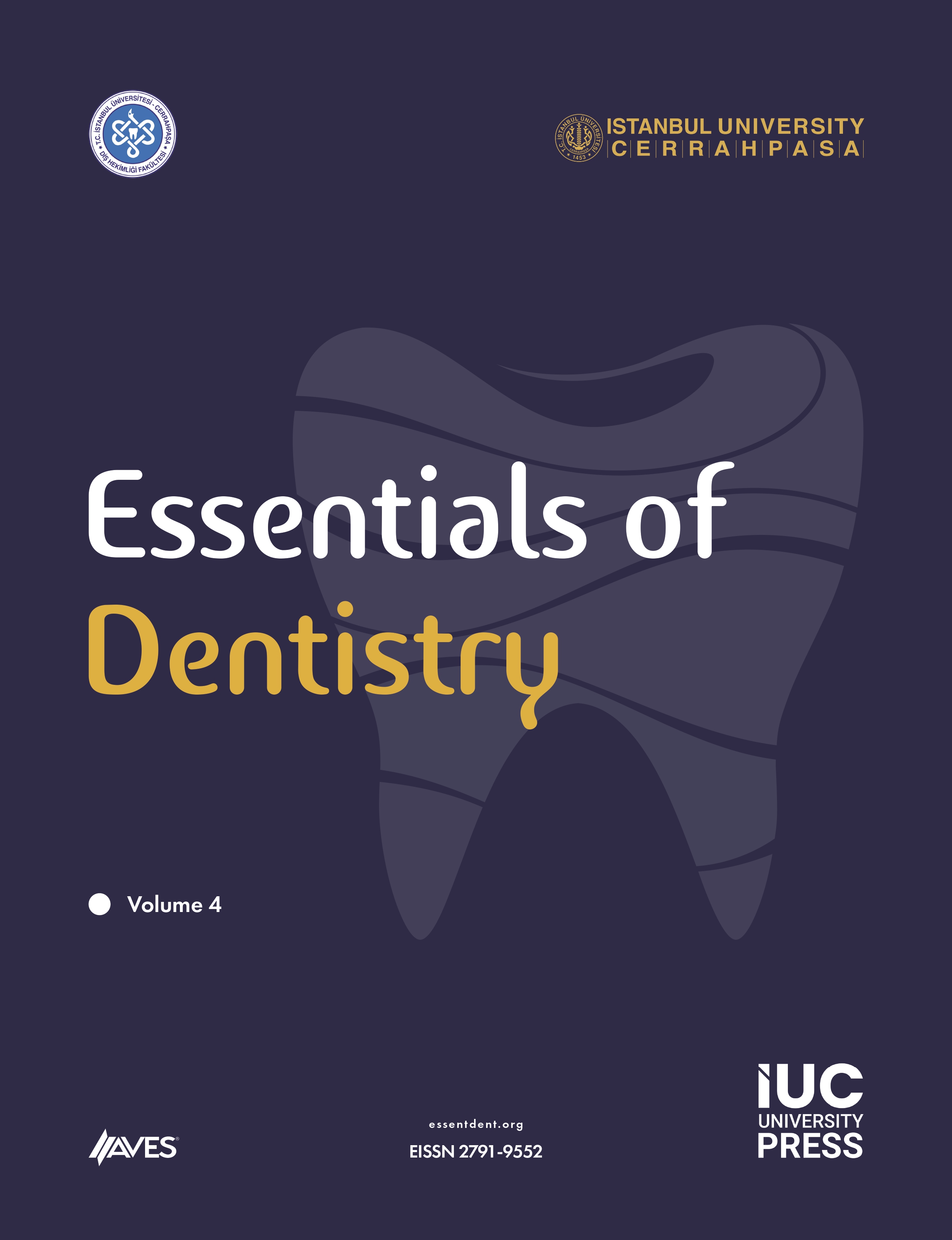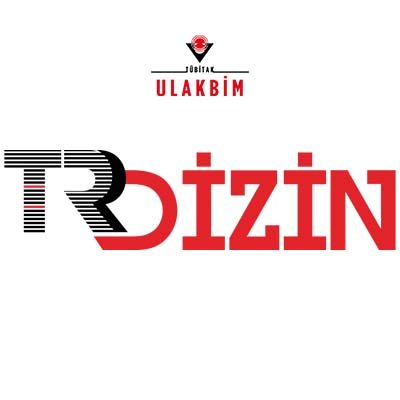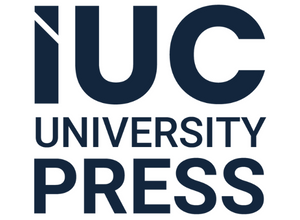Background: This study aimed to investigate the distribution of impaction positions and depths of mandibular third molars (MTMs) and their association with the frequency and severity of external root resorption (ERR) in adjacent mandibular second molars (MSMs) using cone-beam computed tomography (CBCT). Additionally, the study explored the potential risks posed by third molar characteristics in the development of resorption and analyzed the specific localization and severity of detected resorption cases.
Methods: This study analyzed data from 247 patients, involving 400 teeth, who were admitted to Çanakkale Onsekiz Mart University Faculty of Dentistry. Patients with impacted MTMs and clear CBCT images showing the relationship between the impacted third molar and the adjacent second molar were included. The severity of ERR was categorized into 4 levels: non-resorptive, mild, moderate, and severe, based on the Ericson classification. The direction and depth of impaction were assessed using Winter’s and Pell-Gregory’s classifications, respectively. Cohen’s kappa statistic was used to evaluate observer agreement, and relationships between variables were analyzed using the chi-square test (P < .05).
Results: External root resorption was identified in 20.5% of the examined teeth. The majority of resorption cases (75.6%) were localized in the cervical region. Mandibular third molars with mesioangular (28.7%) and horizontal (33.3%) positions were associated with a higher risk of causing ERR. Additionally, impacted MTMs at a median depth demonstrated the highest rate of ERR, with a prevalence of 23.4%.
Conclusion: Impacted MTMs frequently cause ERR of adjacent MSMs, particularly when the third molars are in mesioangular or horizontal positions and at median depth. Cone-beam computed tomography is a valuable tool for the early diagnosis and treatment planning of ERR.
Cite this article as: Eren İ, Ata GC, Eren H. Retrospective analysis of the prevalence of external root resorption in the adjacent mandibular second molar due to impacted mandibular third molar using cone-beam computed tomography. Essent Dent. 2025; 4, 0018, doi: 10.5152/EssentDent.2025.25018.






